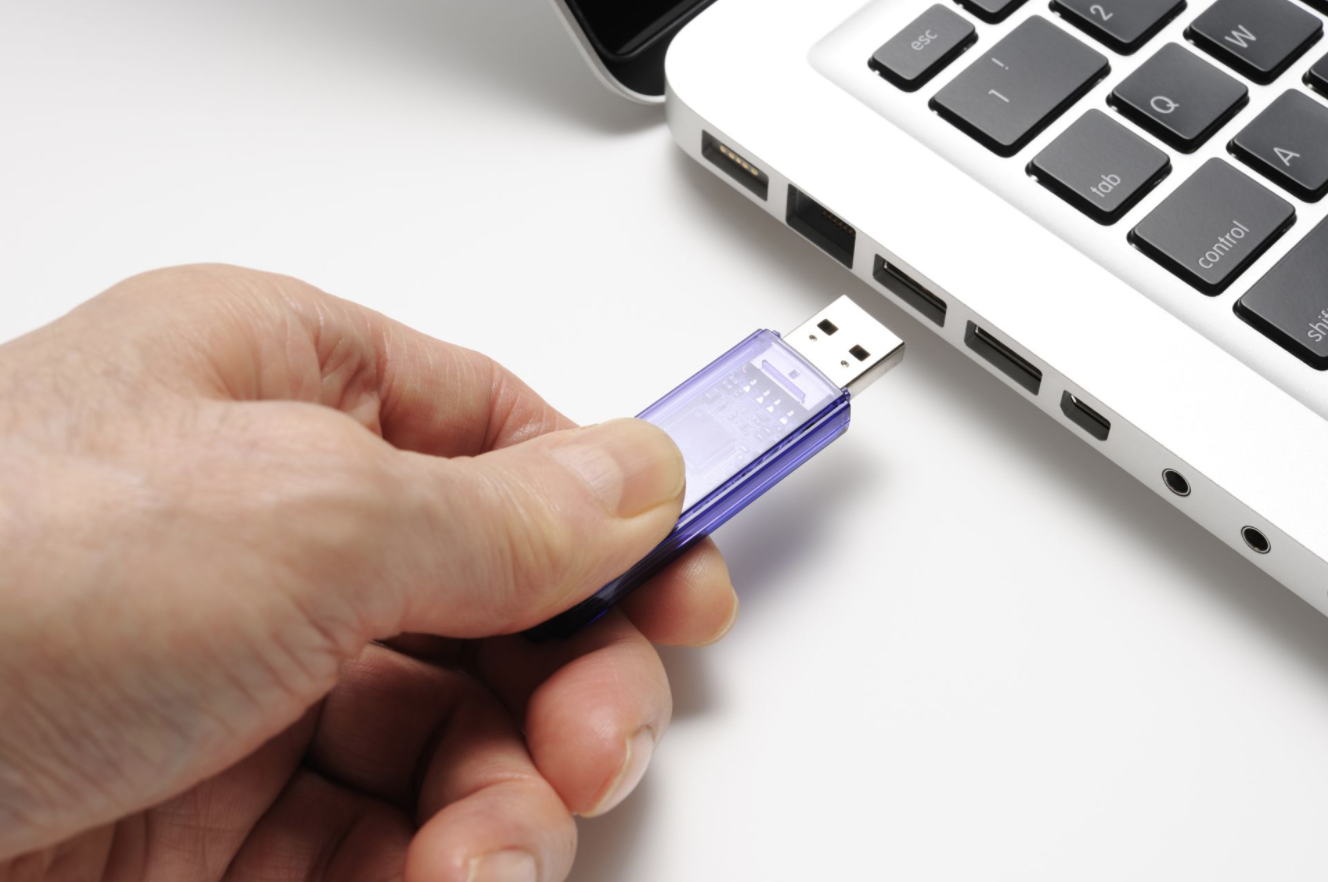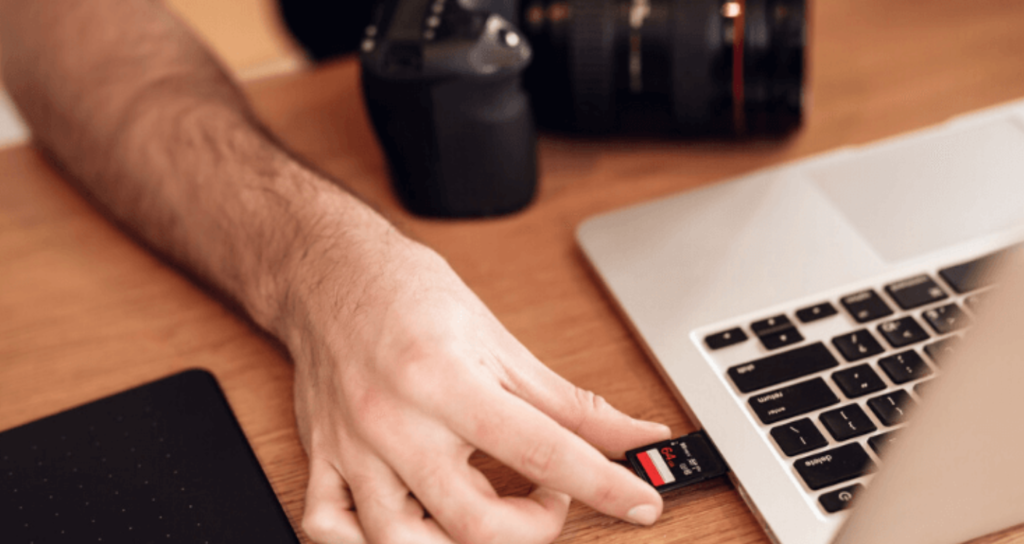
If you are a photographer, you certainly know how devastating it can be to lose all your photos simply because a memory card has failed. Just like any storage device, the failure of compact flash disks can be caused by both software and hardware problems. The good news is that there is a way you can avoid this.
In the next few paragraphs, we are going to take you through our top 10 tips that you can use to take care of your compact flash disk.

Table of Contents
1. Eject the disk safely on the pc before pulling it out
It is a common habit amongst photographers and other pc users to just disconnect the external storage devices by simply pulling them out. This is however not a good habit because it may lead to failure of your compact flash disk. Failure in such a scenario happens because when you abruptly remove the disk, some of the important flash disk firmware processes may be interrupted. These processes are what control the file storage system that the card uses. So, if they are corrupted, accessing files on that card is almost impossible.
2. When you accidentally delete photos on the card, stop using it immediately
When you delete a file on a storage device, the operating system doesn’t remove it immediately because that process would take a lot of time. What the operating system does is to label that space where the file was as free space. When you add other files to the drive, they simply overwrite the files that you had deleted.
So, when files are deleted but not overwritten yet, you will still have a chance for cf card data recovery using professional recovery company. That is why it is important not to continue using a card whose photos you intend to recover.
3. Don’t fill up the entire flash disk
Filling up the entire disk will increase the rate at which it wears out over time. So, the best thing is to always make sure you remove files that are not important from the disk. This will not only increase its lifetime, but it will also increase its performance and transfer speeds
4. Make sure you switch off the camera before removing the compact flash disk.
Removing the disk when the camera is still on is as dangerous as pulling out the disk from a pc without safely ejecting it. This practice may lead to failure of the disk if done frequently. So, always ensure the camera is turned off before you remove the flash disk.
5. Keep your camera’s firmware up to date
Just like your computer, the operating system of cameras often gets updates that help in fixing errors and bugs. Some of these errors and bugs fixed could be associated with the compact flash disk since it is one of the major hardware components. The procedure for updating your camera’s firmware depends on the manufacturer of the camera you have
6. Avoid connecting the flash disk in PCs affected by Malware
When malware gets on your flash disk, it will not only destroy your photos but may also damage the disk. So, you should only connect your disk to computers that you trust to avoid getting such issues.
7. Don’t insert the card in different cameras before formatting it
If you are having more than one camera, you may be tempted to keep switching the same card from one camera to another. This practice is however not recommended because it may lead to corruption of the file system of the card. This is because different cameras have different operating systems that handle different file systems differently. So before switching the memory card to another camera, make sure you remove all the photos and then format it to the file system recommended for that particular camera.
8. Avoid deleting photos from the camera
When you take a shot that may not look appealing in your eyes, you may be tempted to delete the photo right from your camera. However, this is not a good habit as it may lead to fragmentation of the files on the card. Here is how it happens. When you delete something from your card, the space it occupies will be marked as free by the operating system. So, the next file you copy to the drive will be automatically put into the free space
However, if the new file is bigger than the previous file you deleted, it will be broken into different parts that will be located on different sections of the disk. This is what they called file fragmentation. Fragmented files are not easy to recover and also make the disk a bit slow in transferring data.
9. Store the disk is some sort of casing whenever it is not in the camera.
This will not only keep it safe from damages but will also help you easily located it whenever you need it. Compact flash disks are normally small in size and can easily get lost or damaged if they are kept without any enclosure on them
10. Always have a backup plan
As a photographer, you must always have your files backed up on the cloud or any other storage device that is more reliable than the compact flash disk. So, in case the card gets a problem, you can easily recover all your photos. Cloud storage is now cheaper than it is used to be a couple of days back. So, you have no excuse for not backing up files.
Final thoughts
Compact flash disks make the work of storing photos easy and more convenient. This is because of their portability and the ever-increasing sizes that are coming to the market. However, if you want to ensure your card lasts longer while giving you high-level performance, you will have to be a little more careful while using it.
The list of tips we have shared above is not an exhaustive one but has almost all the important measures required to increase longevity and also improve the performance of your compact flash disk.